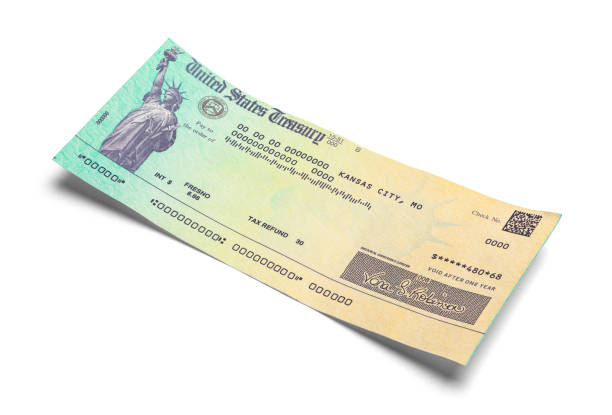According to an estimate by Goldman Sachs, the Treasury Department plans to issue between $600 billion and $700 billion in Treasury bills (T-bills) shortly after lawmakers agree to raise the debt ceiling.
As of now, President Joe Biden and Republicans in Congress have not reached a consensus, but Treasury Secretary Janet Yellen has reiterated her warning that the government’s funds will be depleted by June 1.
House Speaker Kevin McCarthy, ahead of his meeting with President Biden, hinted on Monday that an agreement could be reached before the June deadline.
Once a settlement is achieved, which is widely anticipated, Goldman Sachs predicts that the Treasury will inject a large number of T-bills into the market. This move is expected to restore the Treasury’s cash balance to $550 billion within six to eight weeks of finalizing the deal.
By the end of Friday, the Treasury General Account had dwindled to $60.7 billion, marking a substantial decline compared to its balance of $140 billion only a week prior.

Goldman Sachs forecasts that the Treasury will provide the market with more than $1 trillion worth of T-bills on a net basis throughout the year. This influx of T-bills will decrease liquidity in financial markets.
Bank of America analysts also expressed a similar sentiment in a separate note, stating that the impact on the economy would be equivalent to a 25 basis point interest rate hike by the Federal Reserve.
This liquidity reduction occurs while the banking sector is still dealing with the aftermath of Silicon Valley Bank’s collapse, resulting in the withdrawal of deposits from regional banks.
Additionally, over the past year, the Federal Reserve’s series of interest rate hikes has encouraged individuals to move their funds from bank accounts into higher-yielding money market funds.
Taking into account the Treasury’s efforts to rebuild its cash balance, ongoing deposit outflows, and the Federal Reserve’s quantitative tightening program, Goldman Sachs estimates that bank reserves could decline by $400 billion to $500 billion.
Treasury Department Poised to Drain Market Liquidity
The Treasury Department’s plan to issue a substantial amount of T-bills and the resulting decrease in liquidity in financial markets can have significant impacts across various areas.
Firstly, the increased supply of T-bills may lead to upward pressure on interest rates, affecting borrowing costs for businesses, individuals, and even the government itself. This can have repercussions on mortgage rates, car loans, and other forms of borrowing.
Moreover, the impact on the economy could be notable. Bank of America analysts have compared the liquidity reduction to a 25 basis point interest rate hike by the Federal Reserve, implying significant consequences.
Higher borrowing costs and increased market volatility can affect consumer and business sentiment, potentially leading to reduced spending, investment, and overall economic growth.
The banking sector could also feel the effects, as the estimated decline in bank reserves by $400 billion to $500 billion limits the capital available for lending and meeting regulatory requirements.
This could result in tighter lending conditions, making it more challenging for businesses and individuals to access credit, thereby further dampening economic activity.
:max_bytes(150000):strip_icc()/Treasurybill-b7a8fc4ccac04973867613f77851b732.jpg)
Additionally, the movement of funds into higher-yielding money market funds could impact traditional bank deposits. As deposits flow out of banks, their ability to provide loans and support economic growth may be strained.
In summary, Goldman Sachs predicts that the Treasury Department will issue a substantial amount of T-bills, ranging from $600 billion to $700 billion, following an agreement to raise the debt ceiling. This move aims to restore the Treasury’s cash balance to $550 billion within six to eight weeks.
The injection of T-bills into the market is expected to decrease liquidity and could have a similar impact on the economy as a 25 basis point interest rate hike by the Federal Reserve.
Concurrently, the banking sector is still facing the consequences of Silicon Valley Bank’s collapse, leading to the withdrawal of deposits from regional banks.
Moreover, the Federal Reserve’s interest rate hikes have encouraged individuals to move their funds into higher-yielding money market funds. As a result of these factors, bank reserves could potentially decline by $400 billion to $500 billion.










